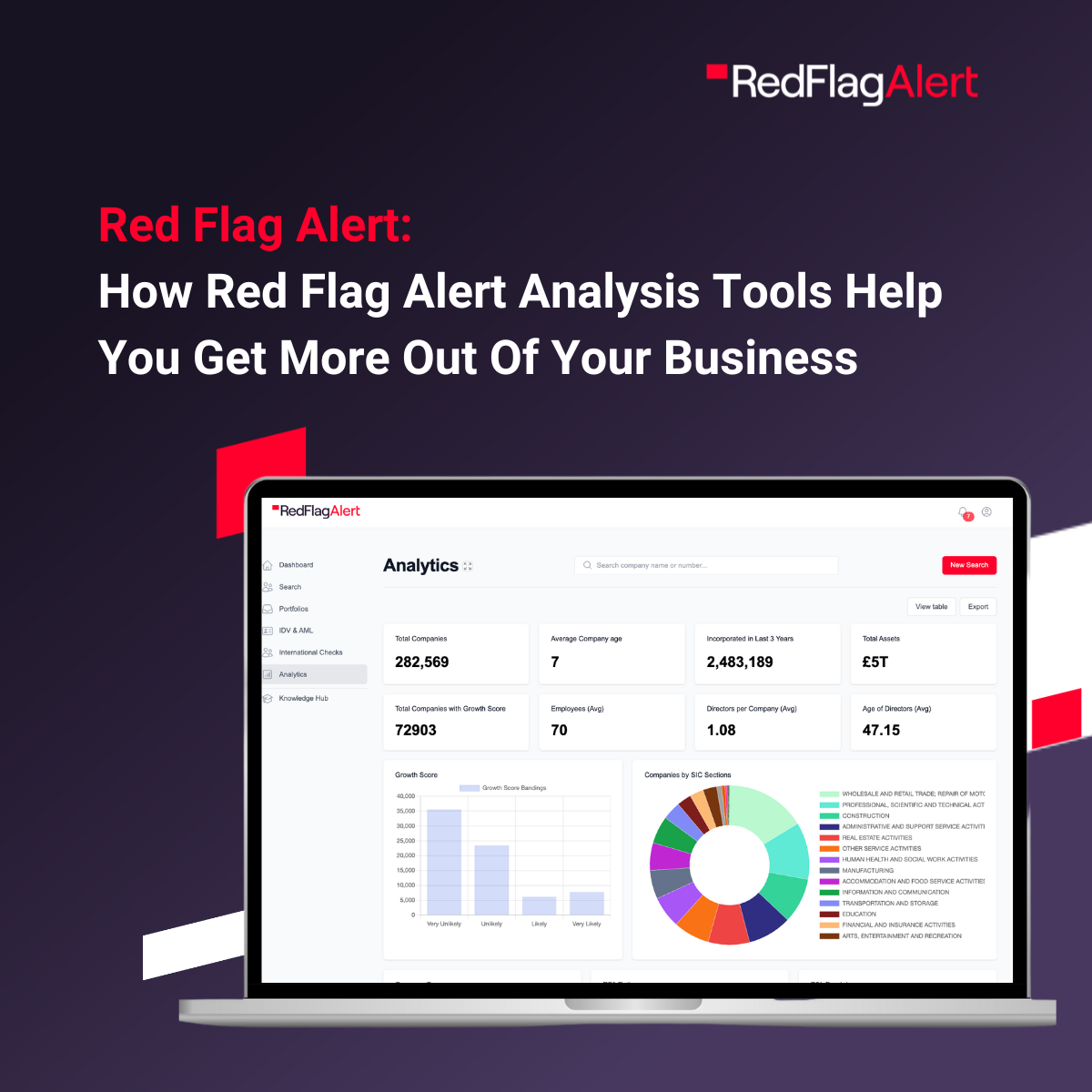Today sales teams have a wealth of digital tools and data at their disposal to help them work more efficiently and improve their success rates.
It’s a very different world to when I started in sales; back then you had to rely on your instincts and initiative to find leads and nurture them through to close.
And I’d argue that those skills are as important in today’s digital world as they have ever been.
But why is this? After all, tools like Red Flag Alert generate instant data on companies that match an ideal customer profile and provide contact details of all of their key decision-makers – surely you don’t need to go out hunting for leads?
Sniffing for opportunities in this way complements digital tools and data with human intuition and ensures that your senses remain sharp.
You’ll have to consider your prospect’s role, what they need to know about your product and what key messages you’ll need to communicate about it.
In hunting mode, reps will track prospects by looking at their website, LinkedIn profile, and anything they may have written in industry publications.
As this continues, you will gradually build up a picture of your prospect. Taking the time to go out and understand your client in this way increases your success rate and improves your sense of who to focus on and how to approach them.
Of course, the dream ticket is great data and a hunting mentality.
Hunting for Invoice Finance
As an example, consider an invoice finance business with a sales team that uses Red Flag Alert for their lead generation.
To begin with, they would use Red Flag Alert to identify sectors that need this service – such as manufacturing or logistics – and may choose to target companies with good financial health, little to no bad debt and good liquidity.
With a list of leads at their fingertips, the hunt is on; the salesperson begins looking at which of these companies has posted online recently to see who has been investing in their PR – a sure sign of a company seeking to grow and with money to spend.
They then use Red Flag Alert to identify the key decision-makers who may be seeking invoice finance – for example, the financial director.
Next the salesperson needs to find out as much as they can about the individual’s role and the challenges that they face.
This could involve finding a source of blog posts focusing on manufacturing finance or reading trade press articles on profitability in the logistics sector.
Once they have this information they start to circle the specific prospect to build a picture of them as an individual: can they learn anything from their LinkedIn profile? Are they using a competitor or is this a new service? How long have they been in the job?
By now, the sales rep will have a clear picture of both the customer and the environment they are working in.
This means that when the time comes to make contact they can deliver a compelling proposition that gets straight to the heart of the customer’s needs.
Relying on instinct and using digital tools and data aren’t mutually exclusive approaches to sales – rather, they are complementary techniques that need to be blended to maximise success rates.
To learn how Red Flag Alert’s B2B prospector tool can help your business grow, get started with a free trial.


-4-2-feb-27-2024-01-31-17-3370-pm.png)
-4-2-feb-21-2024-04-21-31-4669-pm.png)
-4-2-feb-16-2024-12-50-35-0205-pm.png)